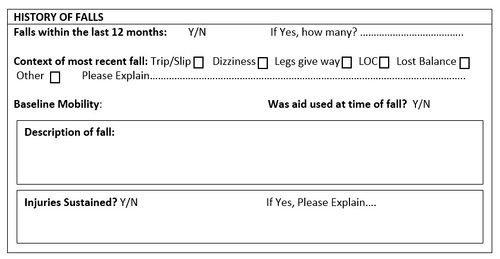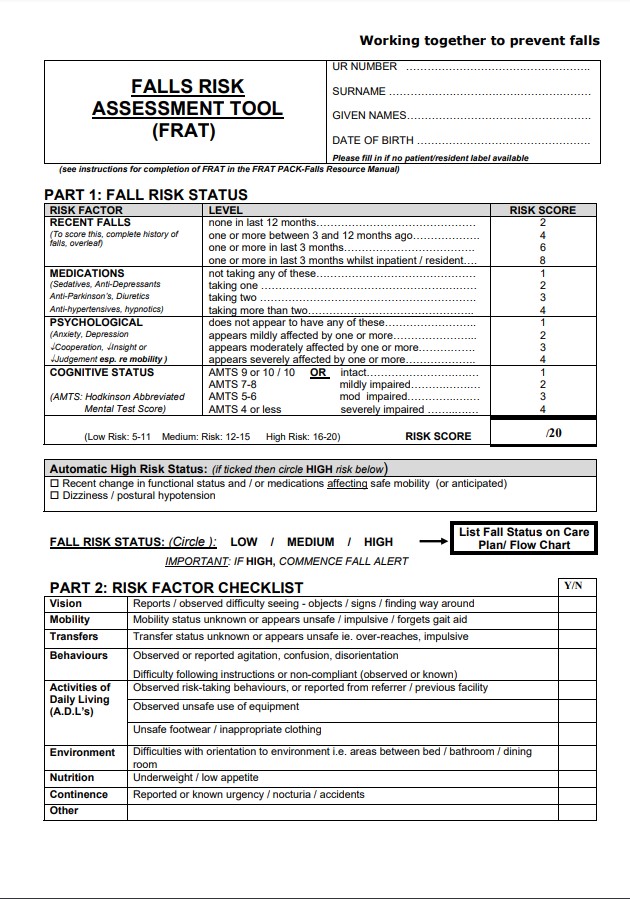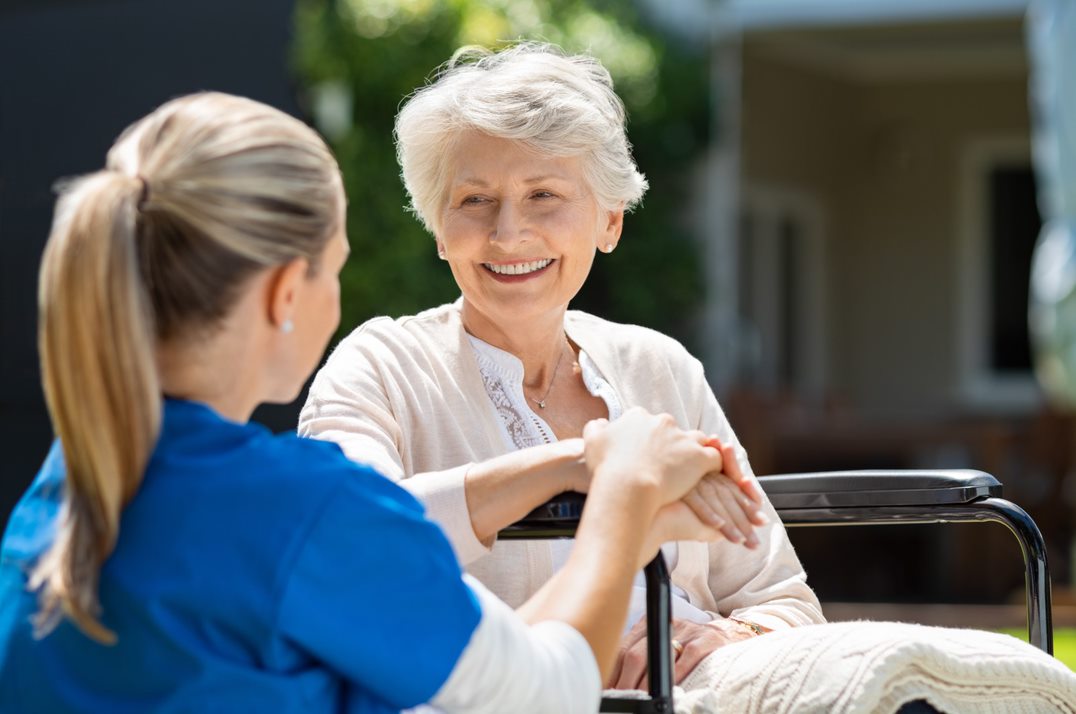Examine This Report about Dementia Fall Risk
Examine This Report about Dementia Fall Risk
Blog Article
Some Known Details About Dementia Fall Risk
Table of ContentsThe Ultimate Guide To Dementia Fall RiskTop Guidelines Of Dementia Fall RiskDementia Fall Risk Fundamentals ExplainedThe Basic Principles Of Dementia Fall Risk
An autumn risk assessment checks to see exactly how most likely it is that you will fall. It is mainly provided for older adults. The evaluation usually includes: This includes a collection of concerns about your overall health and if you have actually had previous drops or troubles with balance, standing, and/or strolling. These tools test your toughness, equilibrium, and gait (the way you stroll).STEADI includes screening, analyzing, and intervention. Interventions are suggestions that may lower your risk of dropping. STEADI consists of 3 actions: you for your risk of dropping for your threat elements that can be enhanced to try to stop drops (for instance, equilibrium problems, impaired vision) to reduce your threat of falling by making use of effective approaches (as an example, providing education and resources), you may be asked a number of concerns including: Have you fallen in the past year? Do you feel unsteady when standing or walking? Are you stressed over dropping?, your copyright will test your toughness, equilibrium, and gait, using the adhering to autumn evaluation tools: This examination checks your stride.
After that you'll take a seat once again. Your company will certainly check exactly how lengthy it takes you to do this. If it takes you 12 seconds or even more, it may indicate you are at greater danger for a loss. This examination checks toughness and balance. You'll sit in a chair with your arms crossed over your chest.
The positions will certainly get more difficult as you go. Stand with your feet side-by-side. Relocate one foot halfway ahead, so the instep is touching the big toe of your other foot. Relocate one foot fully in front of the other, so the toes are touching the heel of your various other foot.
The 10-Second Trick For Dementia Fall Risk
The majority of drops happen as a result of numerous adding factors; for that reason, taking care of the danger of falling begins with determining the variables that add to fall risk - Dementia Fall Risk. Several of the most pertinent danger variables include: Background of previous fallsChronic medical conditionsAcute illnessImpaired stride and equilibrium, lower extremity weaknessCognitive impairmentChanges in visionCertain risky drugs and polypharmacyEnvironmental variables can likewise boost the risk for drops, consisting of: Poor lightingUneven or harmed flooringWet or unsafe floorsMissing or damaged handrails and get hold of barsDamaged or incorrectly fitted equipment, such as beds, wheelchairs, or walkersImproper use assistive devicesInadequate supervision of the people living in the NF, including those who exhibit aggressive behaviorsA successful fall danger management program needs a thorough medical assessment, with input from all members of the interdisciplinary team

The care strategy must likewise consist of interventions that why not try this out are system-based, such as those that advertise a secure environment (proper lights, handrails, get hold of bars, etc). The efficiency of the interventions must be assessed periodically, and the treatment plan modified as essential to reflect adjustments in the fall risk analysis. Carrying out a loss danger monitoring system utilizing evidence-based sites best technique can lower the prevalence of drops in the NF, while restricting the potential for fall-related injuries.
Some Known Incorrect Statements About Dementia Fall Risk
The AGS/BGS guideline suggests evaluating all adults aged 65 years and older for fall risk every year. This screening includes asking patients whether they have actually fallen 2 or more times in the past year or sought clinical focus for a loss, or, if they have not fallen, whether they really feel unsteady when strolling.
Individuals that have actually dropped as soon as without injury needs to have their equilibrium and gait reviewed; those with gait or equilibrium abnormalities must obtain additional evaluation. A background of 1 autumn without injury and without gait or equilibrium problems does not call for additional evaluation past continued annual loss risk testing. Dementia Fall Risk. A loss threat evaluation is called for as component of the Welcome to Medicare evaluation

Excitement About Dementia Fall Risk
Recording a falls history is among the quality indicators for autumn avoidance and management. An essential part of risk evaluation is a medicine evaluation. Numerous classes of medications increase fall danger (Table 2). copyright drugs in certain are independent predictors of falls. These medicines tend to be sedating, alter the sensorium, and harm balance and stride.
Postural hypotension can typically be minimized by minimizing the dose of blood pressurelowering medicines and/or stopping medications that have orthostatic hypotension as a side result. Use above-the-knee assistance hose and copulating the head of the bed elevated might additionally minimize postural reductions in high blood pressure. The suggested elements of a fall-focused physical examination are displayed in Box 1.

A Yank time higher than or equal to 12 seconds suggests high loss threat. Being not able to stand up from a chair of knee elevation without using one's arms shows raised fall risk.
Report this page